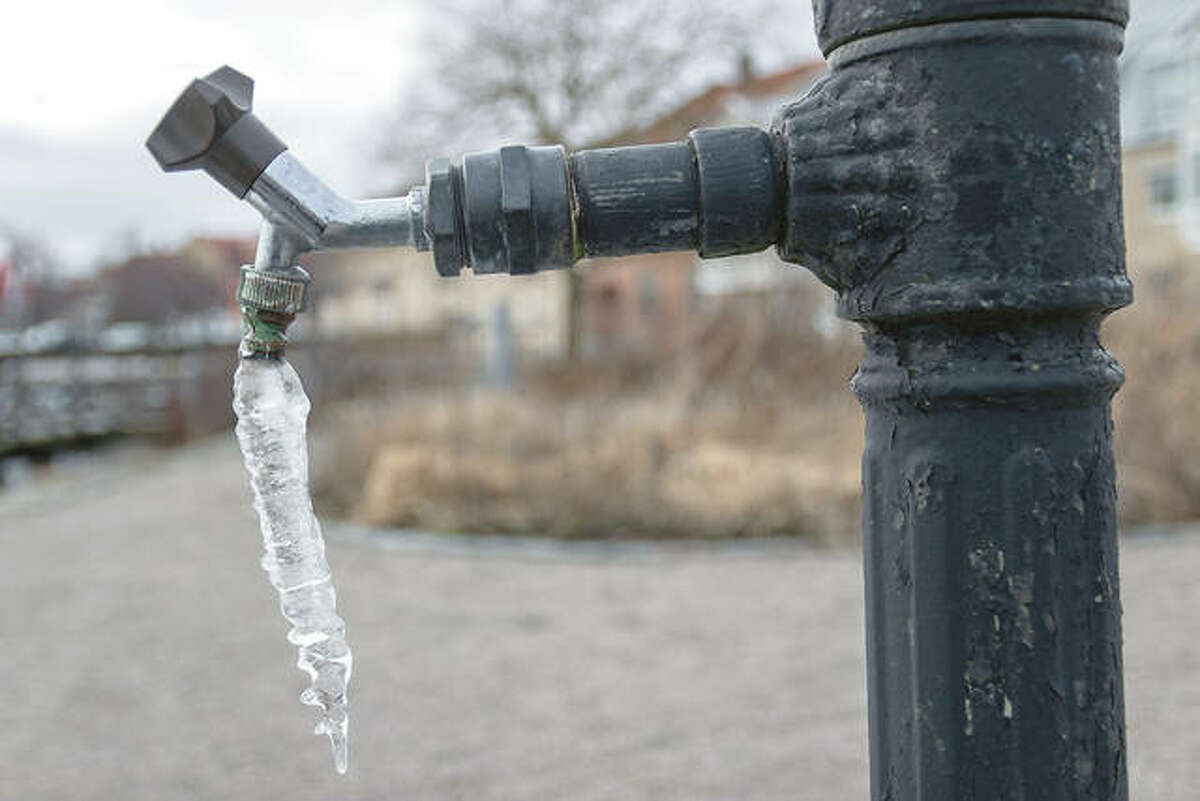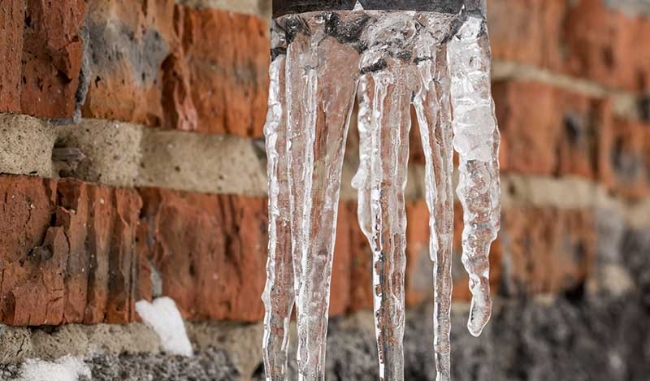How to Avoid Frozen Pipes in Winter: Professional Advice
How to Avoid Frozen Pipes in Winter: Professional Advice
Blog Article
The author is making a number of good pointers on the subject of Helpful Tips to Prevent Frozen Pipes this Winter overall in this post down below.

Cold weather can wreak havoc on your pipes, specifically by freezing pipes. Here's just how to prevent it from occurring and what to do if it does.
Introduction
As temperatures drop, the risk of frozen pipelines boosts, potentially resulting in expensive repair work and water damage. Comprehending how to prevent icy pipelines is crucial for house owners in cold environments.
Comprehending Frozen Pipelines
What triggers pipes to ice up?
Pipelines freeze when revealed to temperatures below 32 ° F (0 ° C) for expanded durations. As water inside the pipelines ices up, it expands, putting pressure on the pipeline walls and potentially creating them to break.
Risks and damages
Frozen pipelines can lead to supply of water disruptions, building damages, and costly repair work. Burst pipelines can flood homes and cause extensive architectural damage.
Signs of Frozen Piping
Determining icy pipes early can prevent them from rupturing.
Exactly how to determine icy pipelines
Seek reduced water circulation from taps, uncommon smells or sounds from pipelines, and noticeable frost on revealed pipelines.
Prevention Tips
Shielding at risk pipes
Wrap pipes in insulation sleeves or use warmth tape to safeguard them from freezing temperature levels. Concentrate on pipelines in unheated or exterior areas of the home.
Heating methods
Maintain indoor areas properly heated, particularly areas with plumbing. Open cupboard doors to enable warm air to circulate around pipelines under sinks.
Shielding Exterior Pipes
Yard tubes and outdoor faucets
Disconnect and drain yard pipes before winter. Mount frost-proof spigots or cover outdoor taps with protected caps.
What to Do If Your Pipelines Freeze
Immediate actions to take
If you suspect icy pipelines, keep taps available to relieve stress as the ice thaws. Utilize a hairdryer or towels taken in hot water to thaw pipes gradually.
Long-Term Solutions
Architectural adjustments
Think about rerouting pipelines far from outside wall surfaces or unheated areas. Include additional insulation to attics, cellars, and crawl spaces.
Updating insulation
Purchase high-grade insulation for pipelines, attics, and wall surfaces. Proper insulation assists keep regular temperatures and minimizes the threat of icy pipes.
Final thought
Stopping icy pipelines calls for aggressive actions and fast responses. By understanding the reasons, signs, and preventive measures, property owners can safeguard their plumbing throughout winter.
6 Proven Ways to Prevent Frozen Pipes and Protect Your Home
Disconnect and Drain Garden Hoses
Before winter arrives, start by disconnecting your garden hoses and draining any remaining water. Close the shut-off valves that supply outdoor hose bibs and leave the outdoor faucet open to allow any residual water to drain. For extra protection, consider using faucet covers throughout the colder months. It’s also important to drain water from any sprinkler supply lines following the manufacturer’s directions.
Insulate Exposed Pipes
Insulating your pipes is an effective way to prevent freezing. Pipe insulation is readily available at home improvement stores and is relatively inexpensive. Pay close attention to pipes in unheated areas such as the attic, basement, crawl spaces, or garage. Apply foam insulation generously to create a buffer against the cold. You can also wrap your pipes in heat tape or thermostat-controlled heat cables for added warmth.
Seal Air Leaks
Inspect your home for any cracks or openings that could let in cold air. Seal any holes around the piping in interior or exterior walls, as well as the sill plates where your home rests on its foundation. Additionally, make sure to keep your garage door closed unless you’re entering or exiting. Leaving it open creates a significant air leak that can lead to frozen pipes.
Allow Warm Air Circulation
During cold snaps, it’s essential to allow warm air to circulate evenly throughout your home. Leave interior doors ajar to promote better airflow. Open kitchen and bathroom cabinets to help distribute heat consistently around the rooms. If you have small children or pets, be sure to remove any household chemicals or potentially harmful cleaners from open cabinets for safety.
Let Faucets Drip
A small trickle of water can make a big difference in preventing ice formation inside your pipes. When temperatures drop significantly, start a drip of water from all faucets served by exposed pipes. This continuous flow helps prevent the water from freezing. Additionally, running a few faucets slightly can relieve pressure inside the pipes, reducing the chances of a rupture if the water inside does freeze.
https://choateshvac.com/6-proven-ways-to-prevent-frozen-pipes-and-protect-your-home/

I recently found that piece of writing about Winter Plumbing Precautions: Preventing Frozen Pipes when doing a lookup on the web. Sharing is nice. One never knows, you may be doing someone a favor. We thank you for reading our article about How to prepare your home plumbing for winter weather.
Call Today Report this page